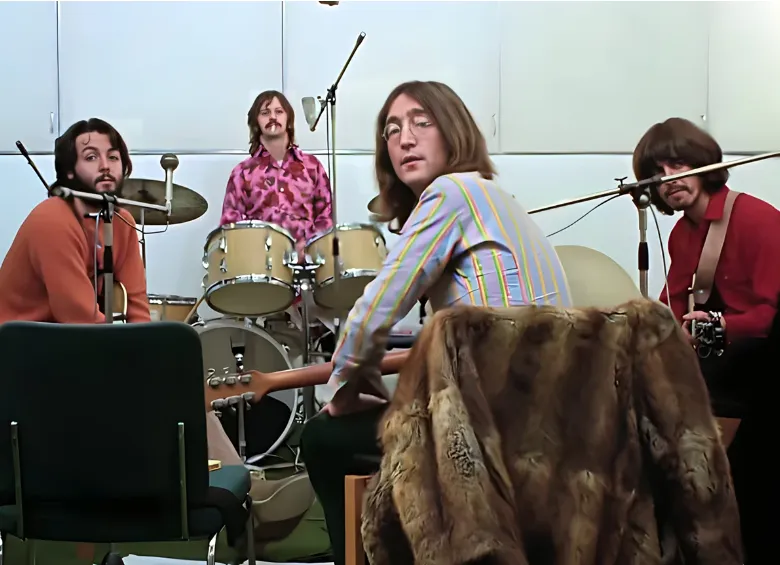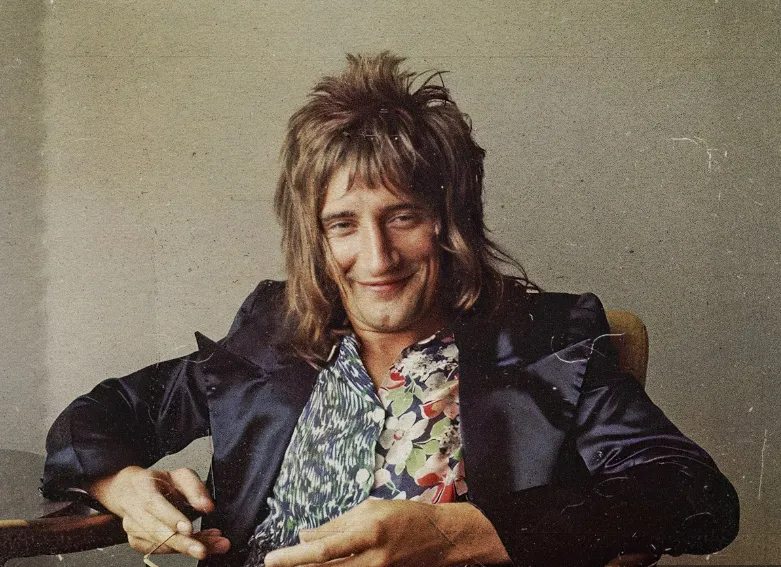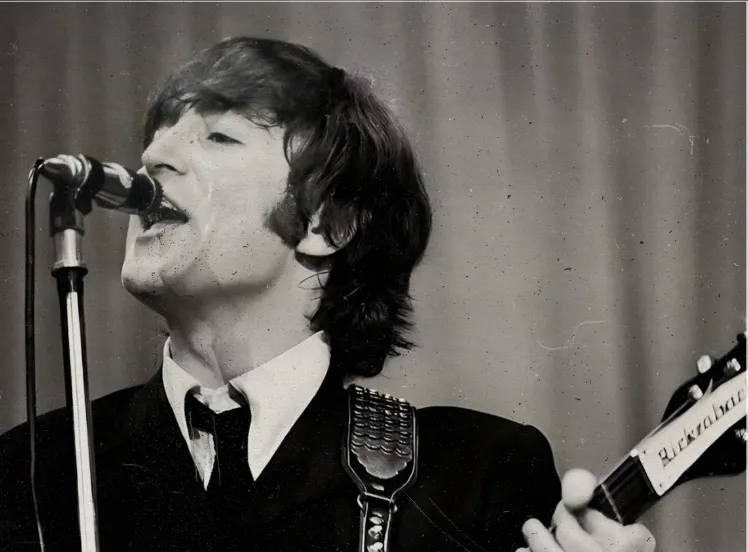John Lennon’s songs “Imagine” and “Give Peace a Chance” are enduring symbols of hope, unity, and activism. Released during periods of intense political and social turmoil, these songs have transcended their original moments to become timeless anthems for peace and change. Their messages resonate with successive generations, inspiring movements and individuals in diverse contexts around the world. The ongoing relevance of these songs lies not only in their lyrical content but in their ability to evoke a sense of collective hope and possibility for a more peaceful world.
"Imagine": A Vision of a Better World

Released in 1971, "Imagine" remains one of the most iconic and powerful peace anthems ever written. The song asks listeners to envision a world free from the divisions of nationality, religion, and materialism. Lennon's simple, yet profound lyrics — "Imagine all the people, living life in peace" — challenge the deeply ingrained structures that divide humanity.
"Imagine" speaks to universal values: peace, love, and understanding. Its ongoing impact is evident in its widespread use in social movements and political events around the world. Whether it’s played at international peace rallies or used in times of collective mourning, the song’s message remains potent. During times of crisis, such as the aftermath of terrorist attacks or political unrest, "Imagine" often resurfaces as a source of solace and a reminder of the possibility for a better world. It became a unifying anthem during the COVID-19 pandemic, offering comfort and a vision of global solidarity when the world felt fragmented.
Artists from various genres and backgrounds have covered "Imagine," continuing to introduce the song to new audiences. The song's appeal crosses cultural and generational boundaries, which has contributed to its longevity and impact. More than just a song, "Imagine" has become a cultural touchstone for peace, transcending its origins in the 1970s to remain relevant in modern conversations about global justice, human rights, and environmental activism.
"Give Peace a Chance": An Anthem of Protest

"Give Peace a Chance," released in 1969, became the soundtrack for the anti-war movement in the late 1960s. Written during Lennon’s "Bed-In for Peace" protest with Yoko Ono, the song encapsulates the countercultural spirit of the time and reflects Lennon’s dedication to using his platform for activism. The simple chorus, "All we are saying is give peace a chance," became a chant at rallies and protests, resonating with those who opposed the Vietnam War and other conflicts around the world.
The song’s structure is deceptively simple, but its impact has been profound. "Give Peace a Chance" is an open invitation for all people, regardless of political or social background, to join in the call for peace. It has become a protest song not only against war but also against systemic injustice and oppression. In the decades since its release, the song has been used in countless peace marches, from the civil rights movement in the U.S. to anti-nuclear protests in Europe. It represents a unifying voice in moments of collective struggle, giving people a sense of purpose and connection to a larger cause.
Ongoing Legacy and Relevance

Both "Imagine" and "Give Peace a Chance" continue to have significant influence in modern times. Their messages have been adopted by movements ranging from anti-war protests to environmental activism, and they remain relevant in addressing contemporary issues such as racism, inequality, and climate change. The universality of their themes ensures that as long as there are calls for peace and justice, these songs will continue to be invoked by activists, artists, and individuals around the world.
In a divided and polarized world, songs like these remind people of the possibility of unity and the importance of striving for peace. They serve as anthems for hope, offering a vision of a world where conflicts are resolved through understanding rather than violence.



